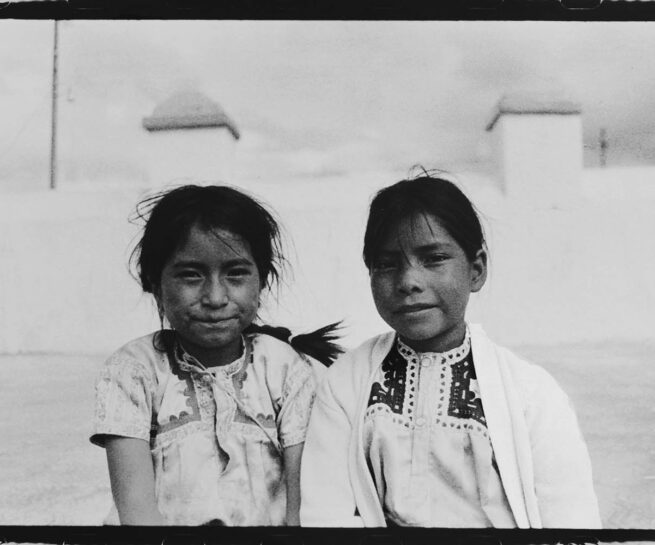Chiapas is a state of very fertile land where coffee, cacao, corn, tobacco, sugar, fruits, honey, wood are grown. Due to its generous nature and richness on raw materials as well as having an ancestral culture from the indigenous people with their traditional medicine; Chiapas is not only the epicenter of the Zapatista movement, but most likely, the heart of México.
My deep interest for shamanistic traditions and the values of the indigenous people ; have taken me back to Chiapas in multiple occasions. Approaching towards the gates of perception of an ancestral knowledge, I have witnessed and experienced ceremonies such as ; temazcal, rituals amongst the indigenous mayan communities, journeys with sacred plants like the peyotl from the ceremonies of the Wixarica or Huichol people.
I have also met traditional healers such as ´el culebrero` ; someone who cures deathly stings from animals like snakes or spiders., or a ´curandera`, who knows about many of the medicinal plants that they gather for their traditional healing techniques.
In the other hand, I also learnt to observe the other side of the reality that Chiapas lives. The old colonizing mechanisms of sacking and looting , keep on going with today multinationals and corrupted governments that allow it. So much richness in raw material is being extracted from chiapaneco soil ; immense amounts of barrels of oil being filled everyday, thousands of liters of drinkable water being sucked everyday to turn it into drinks such Coca-cola ; but half of the population do not have access to drinkable water and two thirds dont have drainage.
All kinds of raw material reaching all points of México, United States, Canada and Europe… More than half of the corn produced, goes to the national market, the same with cacao and other products. Chiapas also provides with hydroelectric energy half of the country, in despite of it, only one third of people from Chiapas have electricity. An immense tree felling has been being done for the exploitations of lumber industry, but regardless of all this contribution to the national an international economy , Chiapas remains with scarce benefits and the poorest and most forgotten state of México. As far as education goes, 72 out of 100 children don´t finish first grade of school.
There is an huge exploitation and ravaging destruction in places like Lacandona jungle, that not only implicates the destruction of nature, but also ancestral cultures so entwined with the natural environment for their survival and believes. Indigenous Mayan communities of Chiapas, remain surviving through their traditions, crafts, artisanal looms, shepherding, farming, harvesting, etc… With more than 15.000 healing plants that they learnt to use, they maintain the ancestral knowledge of traditional medicine. Amongst healers in Chiapas, there exists ; ´yerberos`(wise men/women of plants), ´huesero`(bone healer), ´parteras`(wise woman), ´rezeros` (who invoke and prey), ´el pulsador` (the healer who knows everything through the pulse) and the shaman.
Candles as well as prayers, have a very important role in the different healing tecniques and ceremonies. ´El pulsador` says ; « I can open my way towards the invisible world and confront it to rescue the soul of the ill who is lost or prisoner… I make the diagnose through the pulse, and I feel the flow of the blood that goes from the heart to the brain, to the thought. Everything is known through the blood, and I can hear it´s voice which reveals to me what is the illness of the person. »
Each journey I made in Chiapas, I would compare it with a quantum leap in my learning experience, personal growth and empowerment, to which I am deeply grateful. I wish one day to become like a connector of shores, and contribute through writing and photography, to a wider international consciousness of the great richness that Chiapas provides to the world. Hopefully sooner than later, Chiapas will be protected, not only by the Zapatista movement, but internationally as a symbol of prosperity helping to preserve the ancestral knowledge of the indigenous people, as well as it´s biodiversity with all it´s medicinal plants.















